The Real-Deal Guide to Traveling with a Suit (and Not Looking a Mess)
I’ve been a tailor for a long, long time, and believe me, I’ve seen it all. I’ve fitted suits for executives hopping on international flights and nervous grooms heading to destination weddings. And I’ve also seen what happens when a gorgeous, well-made suit gets crammed into a suitcase the wrong way. It’s not pretty.
In this article
I once got a frantic call from a client in a hotel room on the other side of the world. He had a massive presentation in two hours, and his suit looked like he’d used it as a pillow. We managed to salvage it with a very steamy shower and a damp towel, but man, it was a close call. That experience taught me a crucial lesson: knowing how to pack your suit is just as important as the suit itself.
Forget the quick, flimsy “hacks” you see online. This is about understanding the fabric, respecting the way the garment is built, and using a bit of common sense. I’m going to walk you through the professional methods I teach my own clients to protect their investment and make sure they arrive looking sharp.

First, Why Do Suits Even Wrinkle?
Before you fold a single thing, you need to know what you’re up against. Wrinkles aren’t random; they’re a result of pressure, moisture, and heat teaming up against your suit. When you get how these three work, you can outsmart them.
Suit fabrics are made of fibers—think of them as millions of tiny, straight springs. When you fold the suit, you’re bending those springs. Add a little moisture from the air and let it sit for a while, and the fibers start to develop a “memory” in that new, bent position. Boom, that’s a wrinkle.
A Quick Word on Fabrics
Different fabrics handle this pressure differently. It all comes down to their natural structure.
- Wool, Mohair, Cashmere: There’s a reason wool is the king of travel suits. Its fibers have a natural, springy crimp. They just want to bounce back to their original shape. This is why you can pack a quality wool suit, hang it up, and watch most of the travel wrinkles disappear after a few hours. High-twist wools, sometimes called “tropical wool,” are even better because the yarns are twisted so tightly they have extra springiness.
- Linen and Cotton: These guys are the polar opposite. Their fibers are smoother and more rigid, without that natural bounce. When they get damp, their internal bonds break and reform in the new, wrinkled shape as they dry. It’s why a linen suit can get creased just by looking at it wrong. You’re not doing anything wrong; you just have to be extra careful when packing it.
Your goal is simple: create soft, rounded folds instead of sharp, compressed creases. Keep everything as dry and friction-free as possible.

The Right Gear for the Job
Success starts before you even think about folding. The right suitcase and, honestly, the right suit can make all the difference.
Choosing Your Luggage
You’ve got a few options here. A hard-shell suitcase offers great protection from being tossed around by baggage handlers. The downside? The inside is rigid. If you overstuff it, you create immense, even pressure that can set deep creases. Use a hard-shell when you can pack it full enough so things don’t shift, but not so full you have to sit on it to zip it shut.
I actually lean towards a quality soft-shell suitcase for suits. It has a bit of give, which means less direct pressure on the fabric. The trick is to create a nest of soft clothes (like t-shirts and sweaters) and lay the folded suit right on top.
Oh yeah, and then there’s the garment bag. For a super important event like a wedding, a dedicated travel garment bag is the only way to go. I’m not talking about that flimsy plastic thing from the dry cleaner. I mean a proper, durable bag with a built-in, wide-shouldered hanger. A decent one will cost you between $40 for a basic model and upwards of $150 for a high-end leather or canvas one, but it’s a worthy investment. If you can, make it a carry-on. Checking a suit, even in a good bag, is always a gamble.
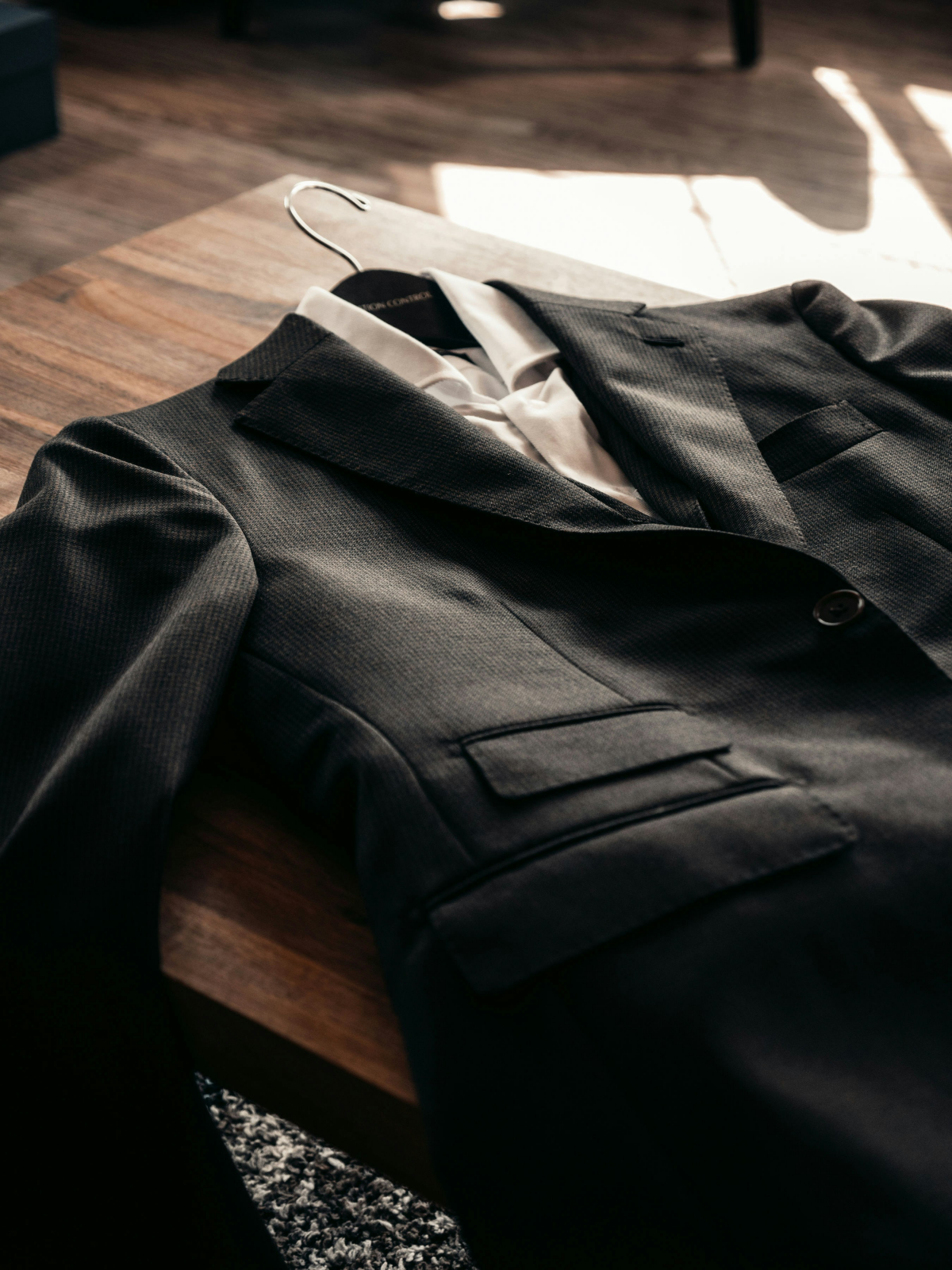
Picking a Travel-Friendly Suit
If you travel a lot, a dedicated travel suit is a game-changer. Look for fabrics like high-twist wool, wool/mohair blends, or a hopsack weave. They’re naturally breathable and wrinkle-resistant. Expect a good one to start around the $500 mark and go up from there, but it’ll pay for itself in saved time and pressing fees.
Heads up! What if your only suit is a standard, all-purpose wool suit? Don’t panic. You can absolutely travel with it. You just need to be more deliberate with your packing and probably plan on steaming it when you arrive. The methods below will work just fine.
The Tailor’s Way: How to Actually Pack the Suit
Okay, let’s get to it. These are the methods that work. The key to all of them is to use a large, clean, flat surface. Your bed is perfect. Rushing is how you end up with a mess.

So, which method to choose? Here’s the quick rundown:
- The Shoulder-Turn Fold: This is the gold standard for any structured, traditional suit. It protects the shape and is my go-to recommendation.
- The Bundle Wrap: Best for longer trips where you have lots of other clothes. It avoids hard folds completely, but takes a bit more effort.
- The Roll (with a big warning): Only, and I mean ONLY, for a completely unstructured, casual blazer made of something like cotton or jersey. Never, ever do this to a proper suit.
Method 1: The Shoulder-Turn Fold (The Gold Standard)
This is the one I teach everyone because it protects the most important part of the jacket: the shoulders and lapels.
- Prep the Jacket: Unbutton it and lay it face down. Smooth out any ripples.
- The Turn: Gently pick up one shoulder and turn it inside out, so the lining is showing. Think of it like you’re turning a sleeve inside out, but you’re just doing it at the shoulder.
- The Tuck: Take the other shoulder and tuck it neatly into the inverted one. The goal is to get the two shoulder pads to nestle inside each other, lining-to-lining. The lapels should now be lying flat against each other. (By the way, if this sounds confusing, just search for a video of the “suit shoulder fold.” Seeing it once makes all the difference.)
- The Rectangle: The jacket is now folded in half lengthwise. Straighten the sleeves down the middle. You should have a neat rectangle.
- The Final Fold: Gently fold it in half from bottom to top. That’s it. This creates one soft, horizontal fold that will fall out easily.
- Add the Trousers: Fold your trousers along their main crease. Lay them flat, place the folded jacket in the middle, and fold the trouser legs over it. Now it’s one neat bundle.
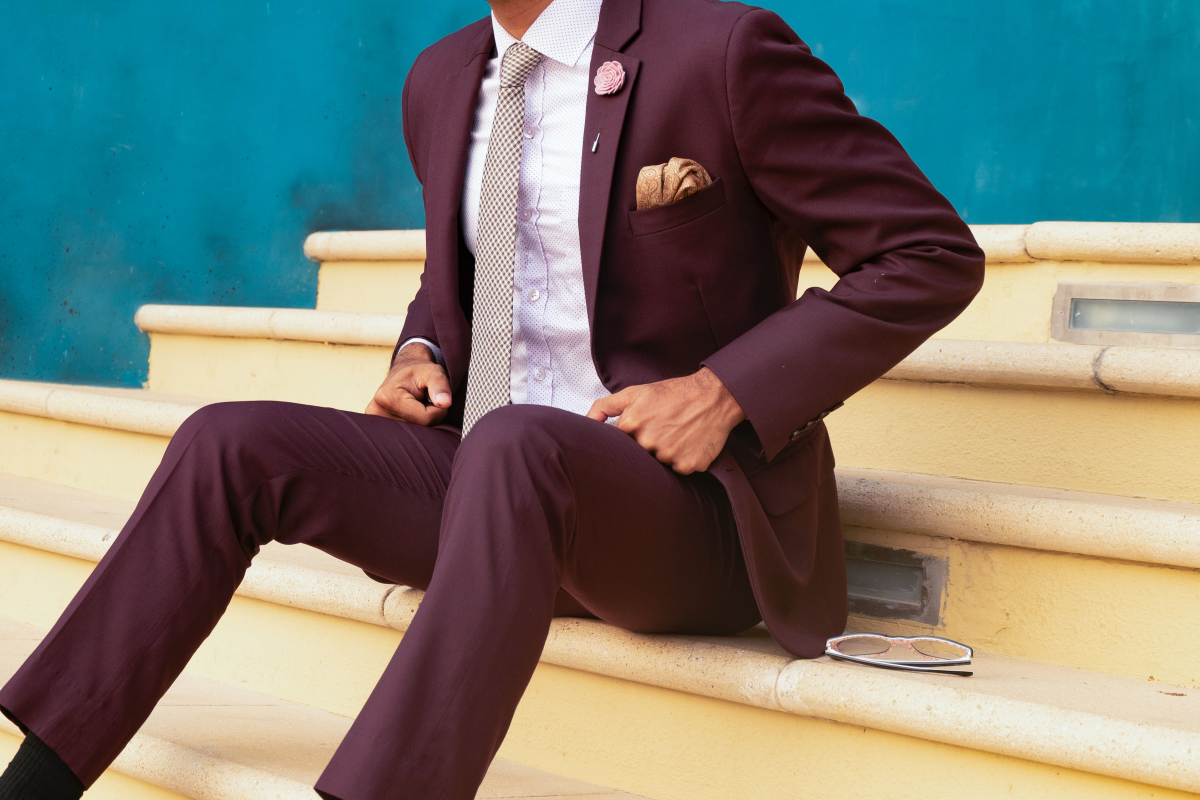
Method 2: The Bundle Wrap Method
This one is clever. It avoids hard folds by wrapping the suit around a soft core. It’s great for preventing compression wrinkles.
- Create the Core: Make a soft bundle of socks, underwear, and t-shirts. It should be about the size and shape of a travel neck pillow.
- Wrap the Jacket: Lay the jacket face up and open. Place your core in the chest area. Fold one side of the jacket over the core, then the sleeves, then the other side of the jacket, like you’re giving the core a hug.
- Wrap the Trousers: Lay the trousers flat, place the jacket-wrapped core at the top, and fold the trouser legs up and over it. You now have one compact, cushioned bundle.
What About the Dress Shirt?
Ah, the dress shirt. It wrinkles just as badly. To pack it, button it up completely, lay it face down, and fold the sleeves across the back to form a neat rectangle. Then, fold it in half from the bottom up. The key is to place it flat on top of other clothes, right next to or on top of your suit bundle. Don’t shove it into a corner.
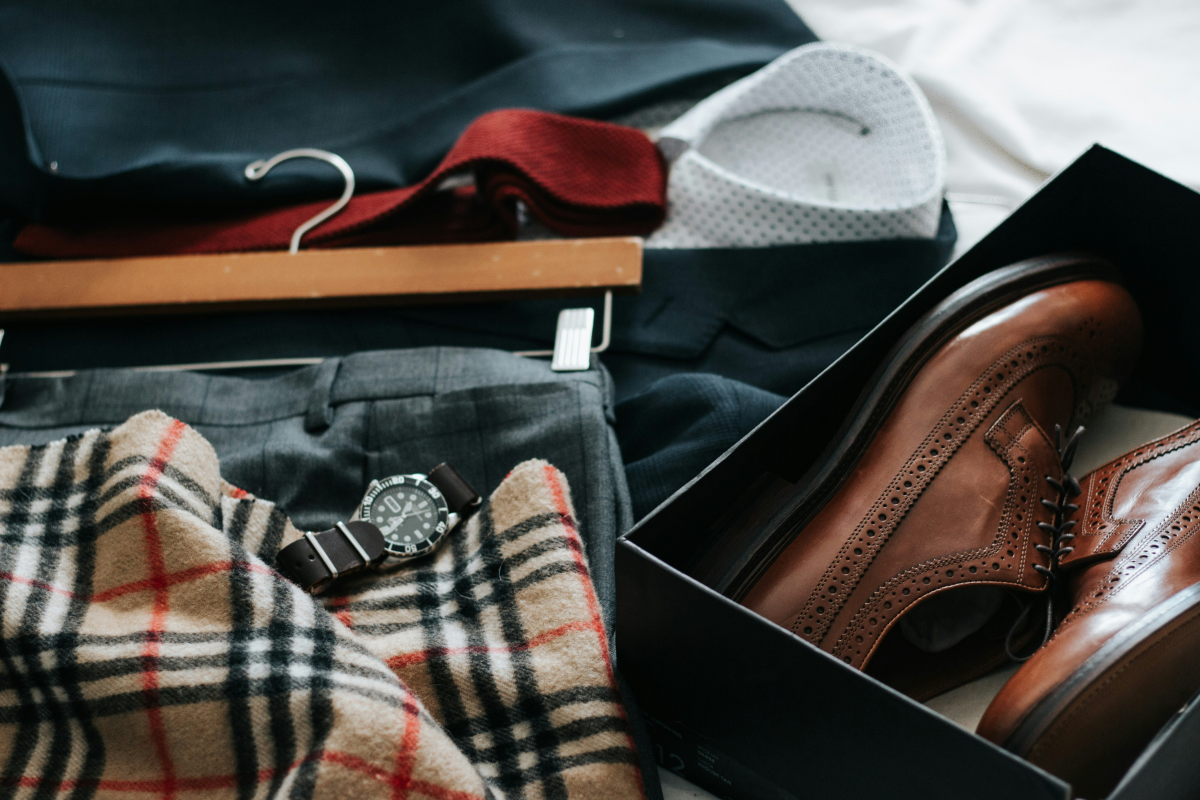
On Arrival: The First 15 Minutes Are Critical
What you do when you get to your hotel is just as important as how you packed. The race isn’t over until the suit is hanging properly.
- Unpack Immediately: Before you check your email, before you make a call, unpack that suit. The longer it stays folded, the more the wrinkles will set.
- Use a Proper Hanger: Get the jacket on a wide-shouldered hanger. If the hotel only has those terrible thin wire hangers, here’s a pro tip: grab a hand towel, fold it lengthwise, and drape it over the hanger’s shoulders before putting your jacket on. It’s not perfect, but it prevents those awful shoulder bumps.
- The Shower Steam Trick: This is an oldie but a goodie. Hang the suit in the bathroom (away from the direct water stream!), close the door, and run the shower on full hot for 15-20 minutes. The steam will relax the fibers, and gravity will do the rest.
- Air It Out: After its steam bath, let the suit hang in the open air of your room for an hour or two to dry completely and settle.
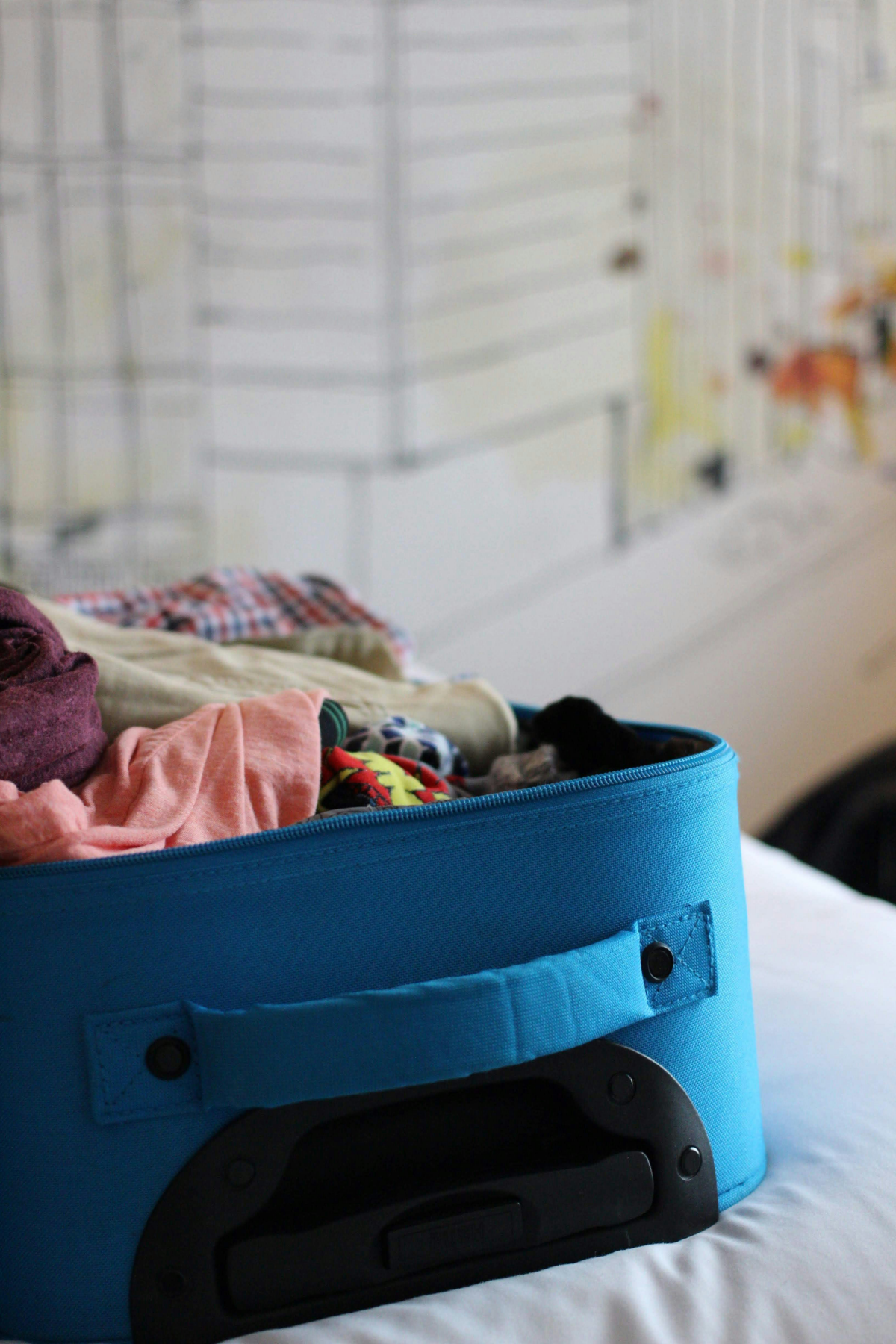
Your Travel Toolkit: A Few Lifesavers
For frequent travelers, a few extra items can make all the difference. Think of it as your suit’s emergency kit.
- A Travel Steamer: Honestly, this is the single best accessory you can own. A good one will run you $25 to $50 on Amazon and is far safer than a hotel iron. Hold it a few inches from the fabric and let the steam do the work.
- A Good Hanger: I pack my own lightweight wooden or plastic valet hanger. It’s worth the small amount of space.
- Lint Roller & Stain Pen: A small lint roller and a stain-remover pen are non-negotiable for looking sharp on the go.
- The Free Trick: Don’t have any of this stuff? Save the thin plastic bag from your dry cleaning. Placing that between the folds of your suit is an old-school trick that costs nothing but seriously cuts down on friction wrinkles.
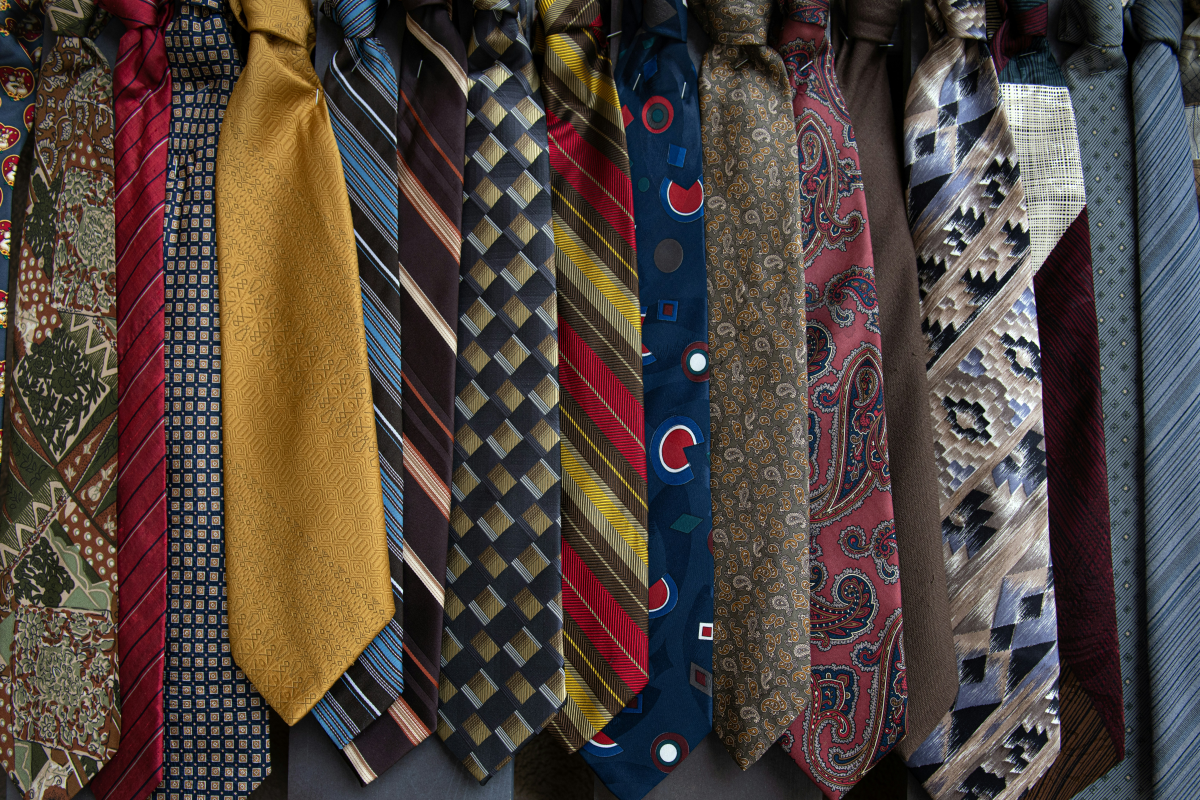
A Serious Warning About Hotel Irons
To be frank, I’d rather you arrive a bit wrinkled than risk ruining a suit with a hotel iron. They often have gunk on them and unreliable heat settings. If it’s a true emergency, you MUST use a pressing cloth—a clean, white pillowcase or t-shirt will do. Never let the hot metal touch your suit fabric directly. Use the lowest heat setting and a light touch.
At the end of the day, taking care of your suit on the road is a skill. It takes a few extra minutes, but the confidence you feel when you put on a crisp suit in a city far from home? That’s well worth the effort.
Galerie d’inspiration
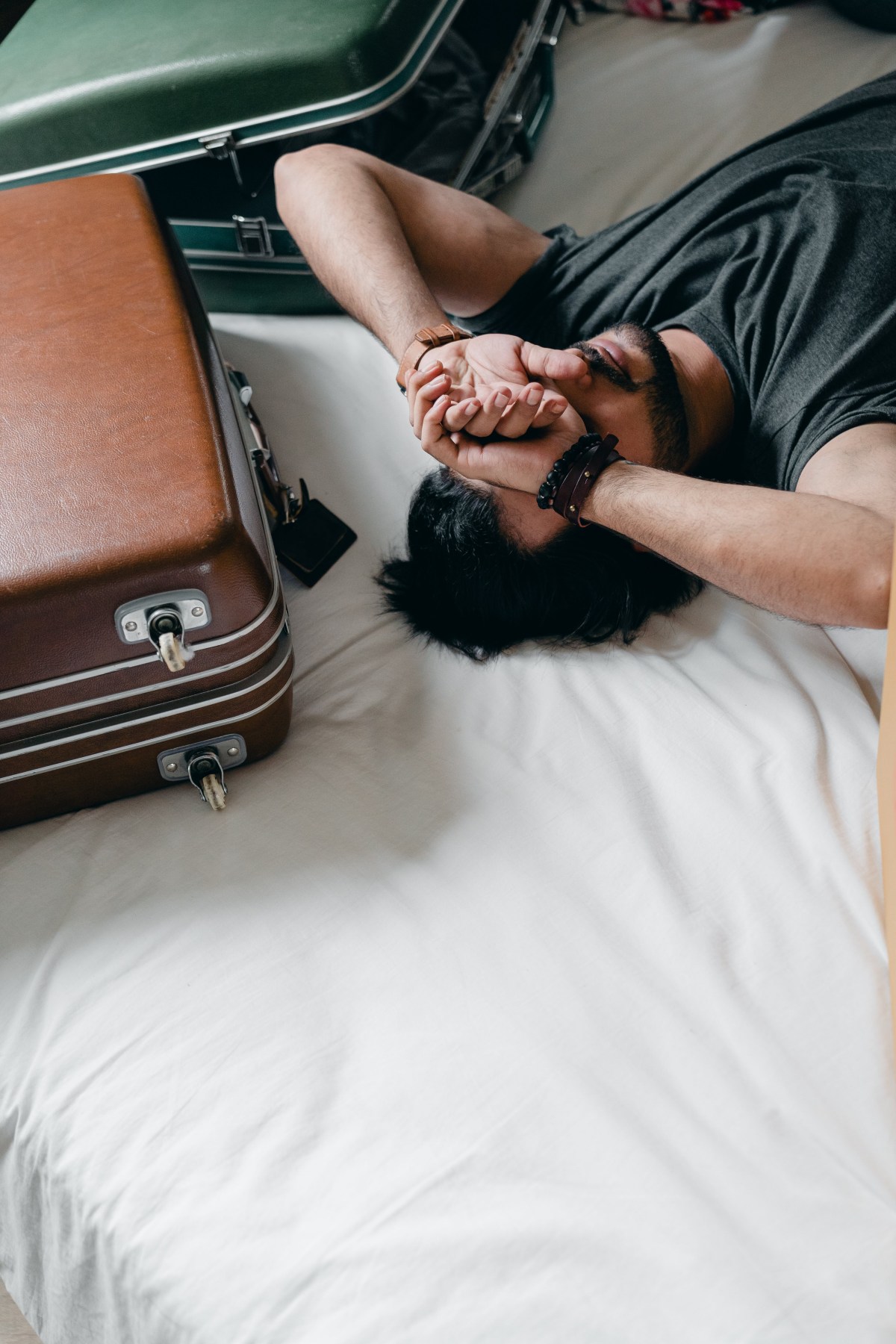
The Garment Bag: The traditional choice for a reason. A quality foldable garment bag, like those from Briggs & Riley, allows the suit to hang with the fewest folds possible. It’s the purist’s method for maximum protection, especially for delicate fabrics like high-twist wool. Its only downside is that it’s another piece of luggage to carry.
The Integrated Suiter Compartment: The modern, efficient alternative. Many premium hard-shell carry-ons (think Away or Monos) now include a built-in zippered panel or compression system designed specifically for a suit. It’s brilliant for packing light on a 1-2 day business trip.
The verdict? If the suit is your hero piece for a major event, the dedicated garment bag is your safest bet. For sheer convenience on a quick trip, the integrated suiter is a game-changer.










